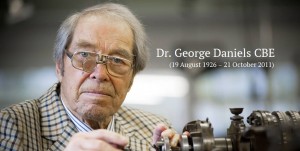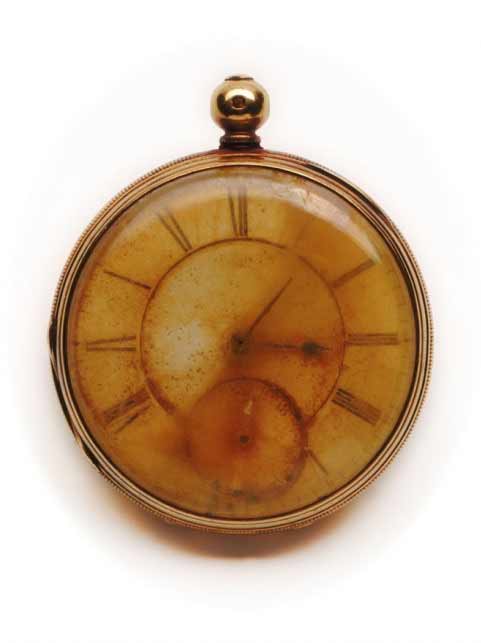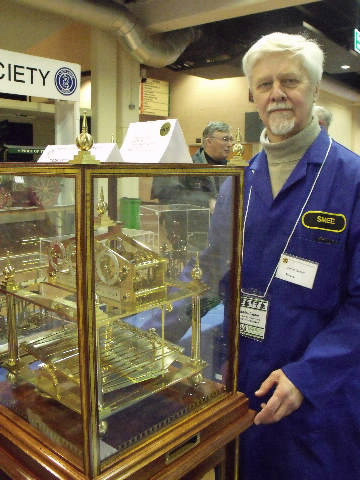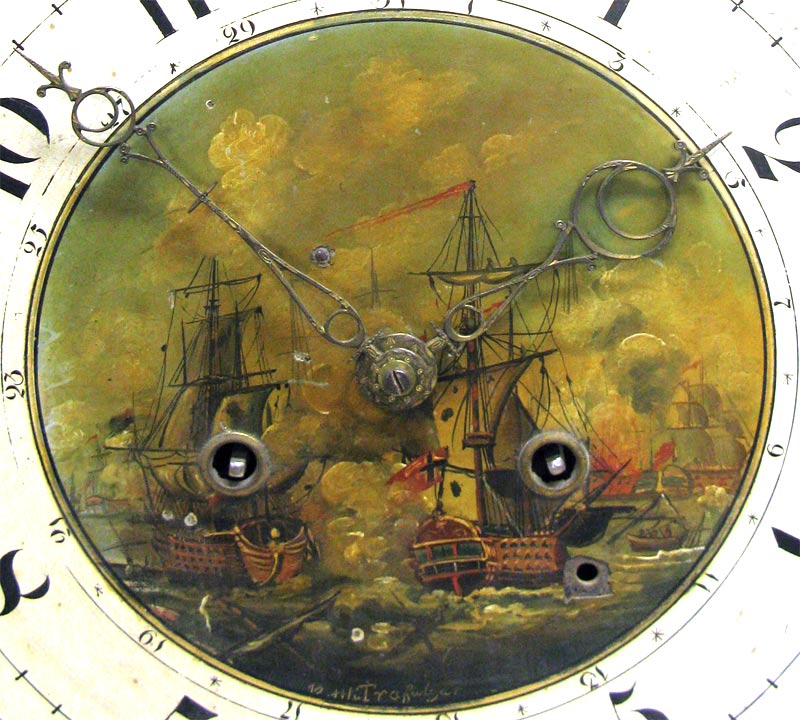The May meeting was a break from the norm, with five short presentations courtesy of the staff and students from the horology course at West Dean College. The presentations went down really well and were followed by a lively discussion about the clocks and mechanisms.
Event’s announcement copied below:
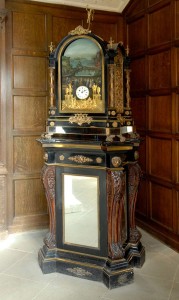
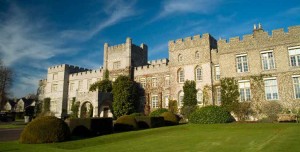
The George Pyke clock and West Dean College
Course tutor, Matthew Read:
Matthew will be give an overview of the current thinking and direction of the course in antique clock restoration and conservation as well as introduce his students and intern:
Jonathan, BCU graduate and West Dean intern:
Jonathan will talk about his current work on the extraordinary musical automaton clock by George Pyke. The clock, which is normally displayed at Temple Newsham House in Leeds, is currently spread out over several benches at the college. Jonathan will discuss work on: the case, automated parts, re-furbishing the bellows, analysis and restoration of the pin barrels and researching the music.
John, 1st year student:
As a first-year student John is developing his bench craft by making a weight-driven hoop and spike timepiece from scratch. The clock is being made in the style of an 18th century example and he is, where possible, using traditional methods to create the clock.
Tabea, final-year graduate student:
Tabea will talk about the restoration of a Charles Frodsham ship’s bell clock and discuss her interest in the subject, which she hopes to take further with an internship at the National Maritime Museum later this year.
Ashley, final-year graduate student:
Ashley will talk about his work restoring a perpetual calendar mechanism and other French clockwork as well as introduce his thoughts about his next big project, the conservation/restoration of a turret clock by Nicholas Paris of Warwick.





